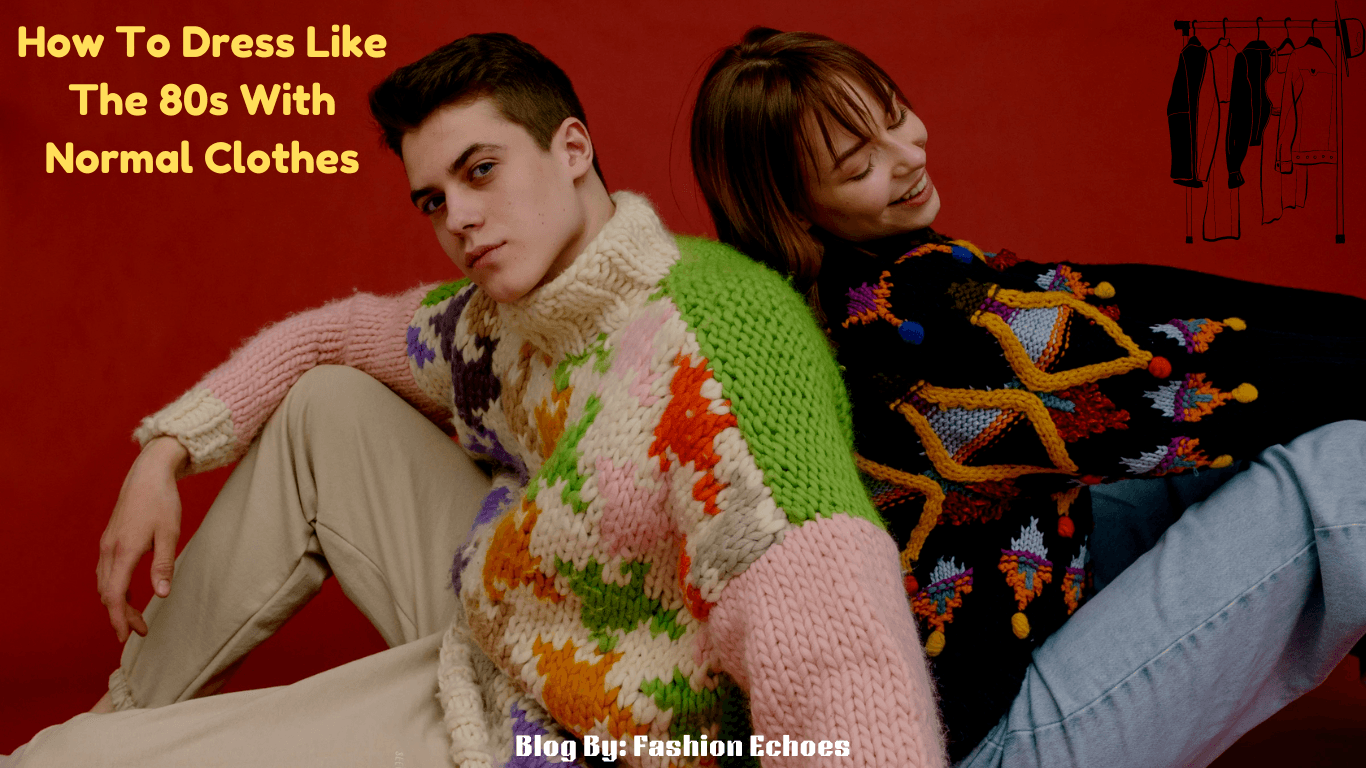The punk counterculture’s clothes, haircuts, jewellery, makeup, and bodily alterations are all considered part of punk fashion. From Vivienne Westwood’s designs to looks based on bands like The Exploited to the dressed-down aesthetic of North American hardcore, punk fashion takes many forms. Punk fashion has been influenced by the distinctive social attire of several subcultures and art groups, such as glam rock, skinheads, greasers, and mods. Punk fashion has also impacted the fashions of these groups and popular culture. A lot of punks express themselves through their attire.
Influenced by the Punk Fashion:
People replaced the long-haired hippie appearance and the typically ornate rock and disco fashions of the 1970s with generally dishevelled, frequently short hairstyles. In the United States, people favoured filthy, basic attire, such as the Ramones’ T-shirt, jeans, and leather jacket, over the pricey or vibrant attire common in the disco scene. Performers like Television and Patti Smith wore shabby, second-hand ‘formal’ attire instead. Sue Blane is recognized for designing the style that became the standard for punk fashion with her creations for The Rocky Horror Show and The Rocky Horror Picture Show.

Vivienne Westwood, Malcolm McLaren, and the Bromley Contingent were all influenced by the punk fashion of the 1970s in the United Kingdom. Malcolm McLaren’s business sold clothing that impacted mainstream punk-style art design cafes. McLaren credited his first impressions of Richard Hell with this style while working with the New York Dolls in New York City. One of the pioneers in popularizing the traditional ‘punk’ image was Hell, who spiked his hair and wore t-shirts fastened with safety pins. To question and offend middle-class culture, punk fashion frequently used sexual innuendos, pornography, and unlawful imagery, among other tactics.
The Sex Pistols lifted the phrase ‘She is no human being’ straight from their single of the same name and featured an image of Queen Elizabeth II on Westwood’s God Save the Queen shirt. This was another example of how British punks used fashion to critique the monarchy. People perceived the song and Westwood’s design as an insult to British principles of patriotism and the monarchy, even though the band denied creating the single specifically in response to the Queen’s Silver Jubilee.
Punk’s mother:
Although people frequently credit Vivienne Westwood with creating punk fashion, the complicated origins of the genre trace back to the mid-1970s sociopolitical and economic downturn in England. Punk fashion resulted from the recently acknowledged and powerful youth culture and a young response to older generations who were seen as authoritarian and outdated. Westwood and other creative and enterprising individuals frequently contribute to an aesthetic that elevates a subcultural style to the fore of punk fashion. Though much of their work captured and commercialized the movement’s energy and iconoclastic impulses, it would be oversimplified to say, as many have, that Westwood and her former collaborator Malcolm McLaren were solely responsible for the visual construction of punk in the mid-1970s.
The Impact of New York:
New York City’s socioeconomic situation was no better than London’s during the beginning of the 1970s. Local rock bands reimagined their music and style to oppose the aristocratic, ostentatious, and star-centered mindset of 1960s supergroups like the Rolling Stones and the Beatles. At the notorious proto-punk club Max’s, these local bands, including the New York Dolls and performer Richard Hell, were shattering stereotypes. His gloomy lyrics and self-made, tattered T-shirts with slogans like “Please Kill Me” made Hell renowned.
New York City: based PUNK, the first fanzine of the time, was the first to use the phrase. Anarchy in the UK:

Renaissance Fashion Explained During The Iconic Period
As the seamstress in the shop partnership with McLaren, Westwood, a former schoolteacher, used her designs to bring their shared punk vision to life; Westwood designed the clothes for herself and McLaren. Let It Rock catered to the 1950s revival style called the “Teddy Boy” subculture. They altered the store’s name to Too Fast to Live, Too Young to Die in 1972 and shifted its emphasis to highlight the rise of the then-popular rocker/biker style, which Marlon Brando influenced. 1974, the store’s name was changed to reflect McLaren’s new shock strategies. Style is vicious and rotten. Childhood friends Sid Vicious and Johnny Rotten have names that encapsulate the essence of punk fashion. Their brief and infamous band changed the music industry and provided a voice to a generation that had been denied it.
In punk fashion, deconstruction has evolved into a phrase that describes certain structural features and implies decoding of meaning and designer intent.
Punk fashion was an early example of deconstructionist fashion, a key element of postmodern style from the late 20th century that is still evident in the creations of modern punk fashion designers like Martin Margiela and Rei Kawakubo. Interchangeable Surfaces.
Although difficult to define, postmodernism seems inextricably linked to punk philosophy and punk fashion.
On the one hand, identifying as “post” means acknowledging a certain level of weariness, decline, or deterioration. A person from a post-culture is a latecomer to a gathering. For many academics, the postmodern a word commonly used to characterize Vivienne Westwood’s creations and punk fashion in general is defined by this constant atavism, this self-referential bricolage.
Punk fashion’s do-it-yourself mentality was a distinctive byproduct of a specific sociocultural past. Throughout the 1980s and 1990s, worldwide style developed along the same aesthetic path. Vivienne Westwood and the punks of the 1970s deliberately sought out these characteristics. A postmodern world means no future.
Late Capitalism Effect:
Late capitalism was both a cause and an effect of punk fashion. It became a reality and succumbed to mass marketing in less than three years, making it the most rapidly assimilated of all the earlier adolescent subcultures. Punk fashion has never completely gone out of vogue since.
In places like St. Marks Place in New York City, where people still market these clothes in large quantities, you may spot flamboyant youths sporting studded leather motorcycle jackets and bondage pants. Punk has also influenced haute couture on multiple occasions. Punk fashion and hip-hop, two more subcultural styles that emerged from conflict, have been combined to create the standard appearance for young people in the twenty-first century. The Costume Institute’s collection of Vivienne Westwood’s early work honors the effect of punk. It places these genuine pieces of clothing in subcultural punk fashion with few competitors in its ongoing influence on the pioneers of Western fashion in a historical context.

Conclusion:
The quasi-anarchist group, founded in Paris in 1957, developed politically from the avant-garde concepts of Dada and Surrealism earlier in the century. The Situationist motto, metro-boulot-TV-dodo (subway-work-TV-sleep), encapsulated the proletariat’s life, whose political theory aimed to re-empower them. They believed people had become consumers of mediated events, ideas, and actions. They felt their responsibility was to dismantle the walls and separate the direct and mediated experiences. Their goal was to oppose this enforced passivity.



